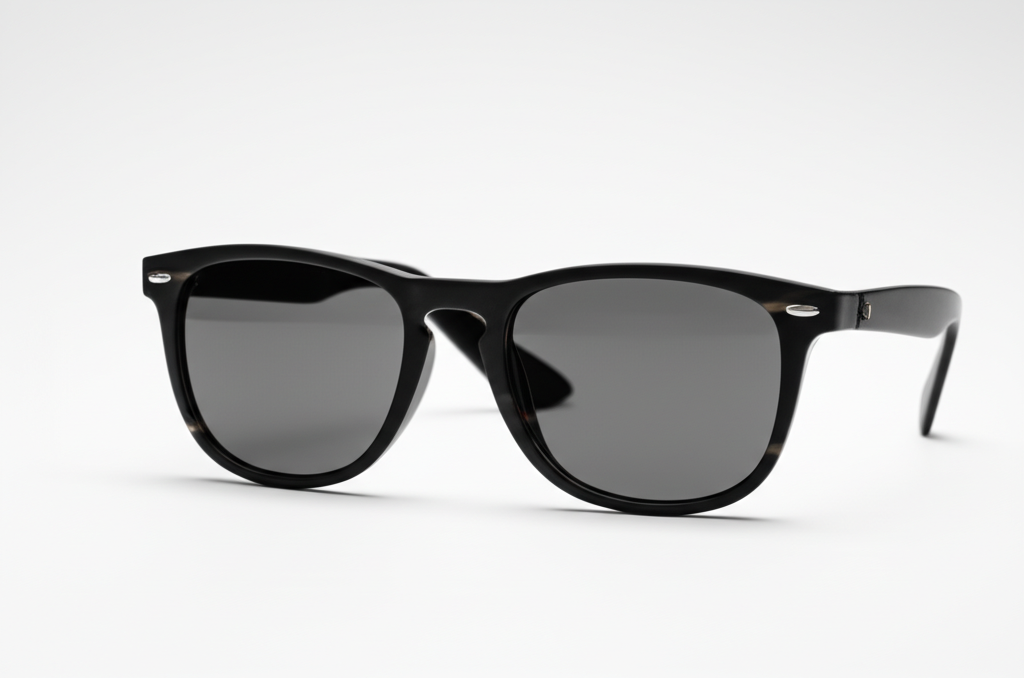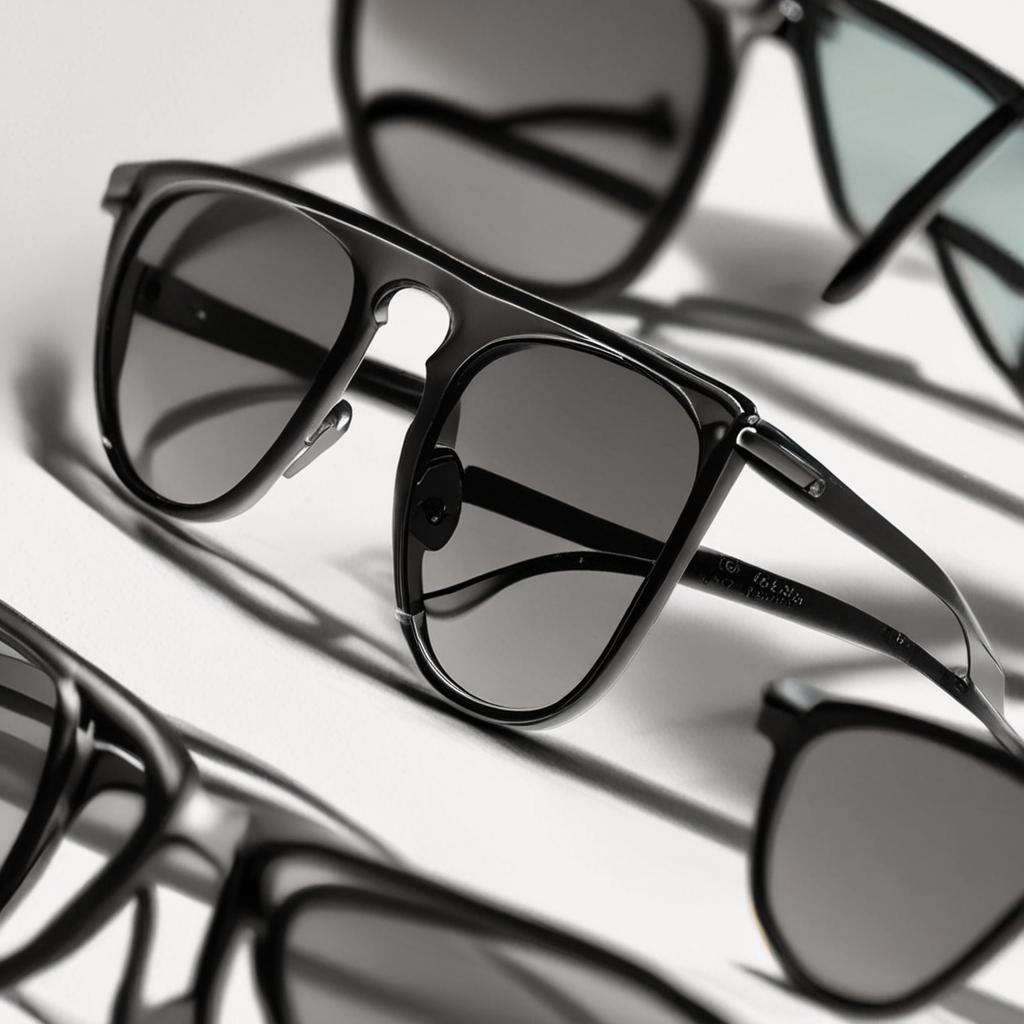Are Non Polarized Sunglasses Bad for Your Eyes

Non-polarized sunglasses are a popular choice for shielding your eyes from bright sunlight and reducing overall brightness. However, questions linger about their impact on eye health, especially when compared to polarized lenses. Are non-polarized sunglasses harmful, or do they simply lack certain features that make polarized versions preferable in specific situations? This article breaks down the science, benefits, and drawbacks of non-polarized sunglasses to help you decide whether they’re a good fit for your lifestyle and visual needs.
Step-by-Step Process
Understand Polarization
Learn how polarized lenses reduce glare and improve clarity.
Assess Eye Strain
Check for discomfort or fatigue when using non-polarized sunglasses.
Evaluate Light Conditions
Determine if glare is an issue in your daily activities.
Consult an Optometrist
Seek professional advice on lens options for eye protection.
Choose Appropriate Lenses
Select polarized or non-polarized based on your needs.
Process infographic for Are Non Polarized Sunglasses Bad for Your Eyes

The Basics of Non-Polarized vs. Polarized Sunglasses
What Are Polarized Sunglasses?
Polarized sunglasses are designed to combat glare from reflective surfaces like water, roads, and glass. They use a special filter that blocks horizontal light waves while allowing vertical ones to pass through. This technology enhances clarity and reduces eye strain, making them ideal for activities like driving, fishing, or spending time at the beach. Their primary advantage lies in improving visual comfort under harsh, reflective conditions.
What Are Non-Polarized Sunglasses?
Non-polarized lenses work by uniformly darkening light without filtering specific wave directions. While they help reduce brightness, they don’t address glare as effectively as polarized lenses. These sunglasses are commonly used for casual, everyday wear and are often chosen for their affordability and ability to maintain color vibrancy. However, their effectiveness depends heavily on the quality of UV protection they offer.
How Does Light Polarization Work?
Light waves travel in multiple directions, but when they reflect off flat surfaces, they often align horizontally, causing intense glare. Polarized lenses contain a microscopic filter that blocks this horizontal light, minimizing glare. For example, sunlight bouncing off a lake or a car windshield becomes easier to see through with polarized sunglasses. Non-polarized lenses, on the other hand, simply dim all light, which can leave glare unaddressed.
Are Non-Polarized Sunglasses Bad for Your Eyes?
Pros of Non-Polarized Sunglasses
- Affordability: Non-polarized sunglasses are generally more budget-friendly.
Cons of Non-Polarized Sunglasses
- Glare Limitations: They can’t reduce glare from reflective surfaces, which may be problematic for driving or water-based activities.
Myths vs. Facts
A common misconception is that non-polarized sunglasses harm the eyes. In reality, they aren’t inherently dangerous but may fall short in certain scenarios. The key factor is UV protection—without it, any sunglass type can contribute to long-term eye damage. Polarization is a bonus feature, not a necessity, for eye health.
When Non-Polarized Sunglasses Are a Good Choice
Low-Light or Indoor Environments
Non-polarized lenses are better for environments where subtle light adjustments are needed, such as transitioning between indoor and outdoor spaces. They avoid the overly contrasted look that polarized lenses can create in low light.
Activities Where Polarization Isn’t Ideal
- Digital Screens: Polarized lenses can interfere with smartphone, tablet, or computer displays.
People with Specific Vision Needs
Professionals like pilots or fishermen sometimes prefer non-polarized sunglasses for tasks requiring accurate color perception. They’re also a practical option for those who find polarized lenses disorienting or uncomfortable.

Polarized Sunglasses: When Do They Outperform Non-Polarized?
Polarized lenses shine in conditions with strong glare. For instance, drivers benefit from clearer vision on sunny days, while boaters can see beneath the water’s surface without harsh reflections. Snowy environments and high-contrast settings like the beach also favor polarized options, as they enhance details and reduce squinting.
How to Choose the Right Sunglasses for Your Eyes
Prioritize UV Protection
UV protection is non-negotiable. Look for lenses labeled UV400 or 100% UVA/UVB protection to ensure harmful rays are blocked. This feature is critical for preventing conditions like cataracts or macular degeneration, regardless of polarization.
Consider Your Lifestyle and Activities
Match your sunglass choice to your routine. Polarized lenses are ideal for driving or water sports, while non-polarized works better for screen use or low-glare settings. If you spend time in multiple environments, consider having two pairs for optimal eye care.
Check Lens Quality and Comfort
High-quality lenses with anti-reflective coatings or tints like gray or brown are often more effective and comfortable. Ensure the frame fits securely and doesn’t pinch, especially if you wear them for extended periods.

Conclusion: Weighing the Pros and Cons for Eye Health
Non-polarized sunglasses aren’t inherently bad, but they may not provide the same glare-reducing benefits as polarized ones. The most important factor is ensuring they offer 100% UV protection. For everyday use in moderate light, non-polarized can be a practical and affordable option. However, for high-glare activities, polarized lenses are a better investment. Always choose based on your needs and consult an optometrist for personalized recommendations.
FAQ: Common Questions About Non-Polarized Sunglasses
Do non-polarized sunglasses protect against UV rays?
Non-polarized sunglasses can protect against UV rays if they’re labeled as UV-protective. Always verify for UV400 or 100% UVA/UVB certification, as many budget models lack sufficient protection.
Can non-polarized sunglasses cause eye strain?
In high-glare environments, non-polarized sunglasses may cause eye strain by failing to block reflective light. Users might squint or strain to see clearly, especially near water, roads, or shiny surfaces.
Are non-polarized sunglasses safe for driving?
While not ideal for driving due to glare risks, UV-protected non-polarized sunglasses are acceptable if they don’t impair vision. However, polarized lenses are often recommended for safer driving conditions.
How do non-polarized lenses compare to polarized ones in terms of eye health?
Both are safe for eye health when they offer 100% UV protection. Polarized lenses provide an added benefit of reducing glare but aren’t required for general eye safety. Choose based on your specific needs.
Can people with sensitive eyes wear non-polarized sunglasses?
Yes, but they must have proper UV protection. Those with light sensitivity might also consider tints like amber or brown for enhanced comfort. Consult an eye care professional to determine the best solution.
